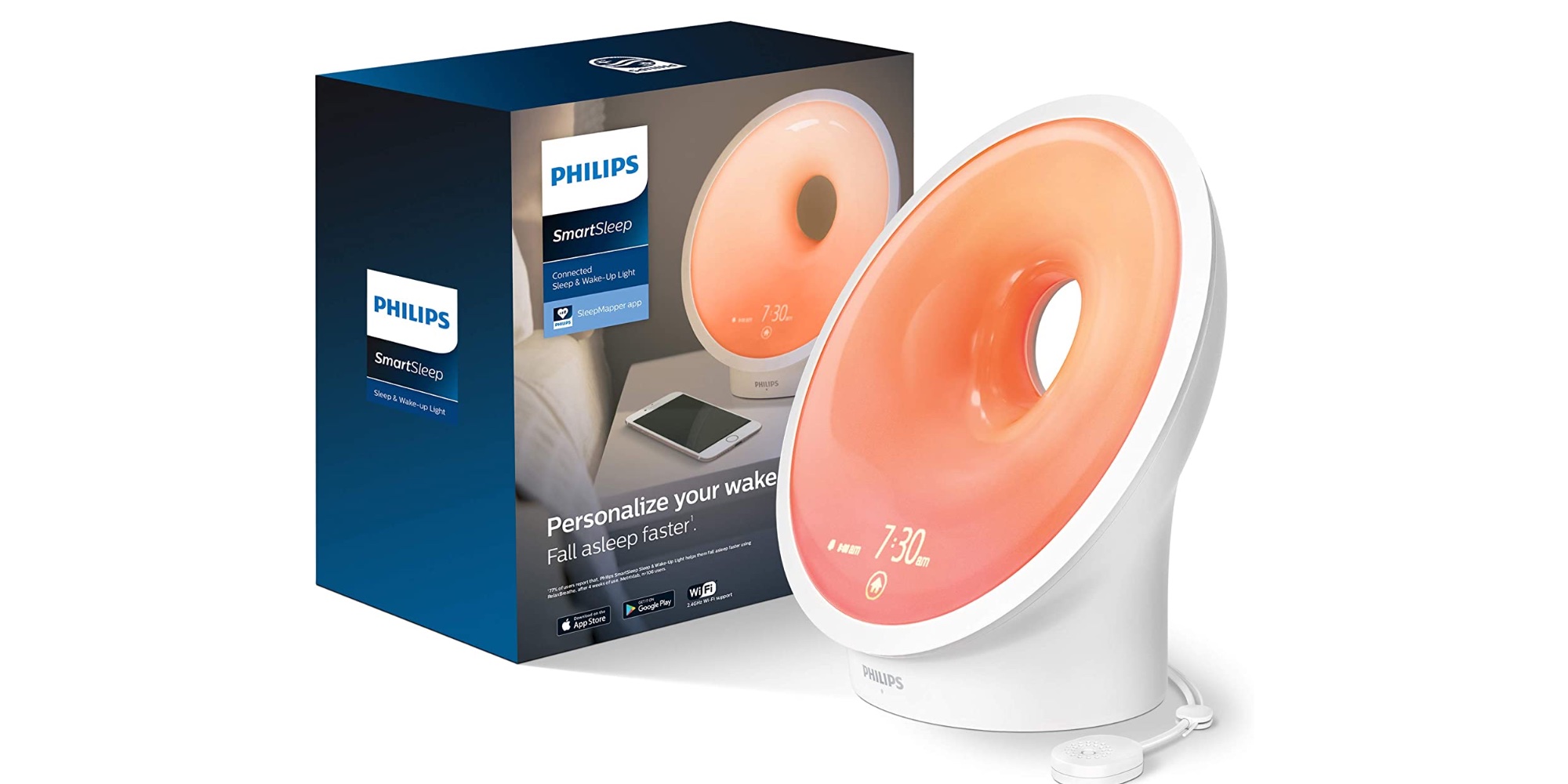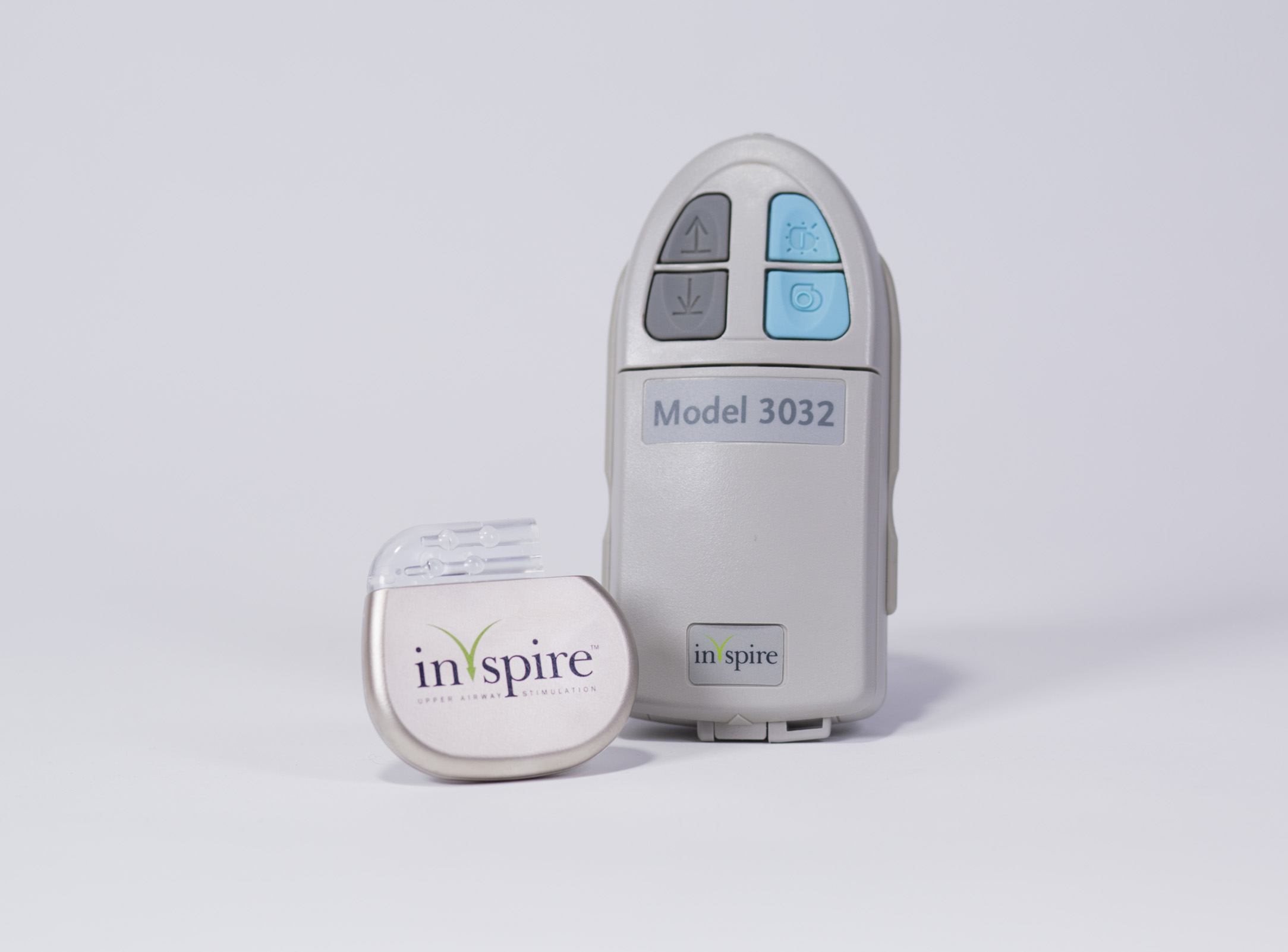

In fact, with an APAP machine and software and helpful doctor, it may not be necessary to have a second titration study. After a baseline study report of OSA (the first night), if CPAP seems to be the best treatment, and if you are a candidate for APAP (an Auto-titrating Positive Airway Pressure) machine, you can get a prescription and machine long before a second night study.

A third option is a single baseline study and use of an APAP machine instead of a titration study to determine pressure settings. It will take additional time to schedule the second study and get a pressure setting, which could delay the start of treatment.ģ. The technician has plenty of time to record sleep cycles and on the second night, plenty of time to try various pressure settings during the titration.ĭisadvantages: twice the cost of a split study. The second night is a titration study to establish a CPAP pressure setting.Īdvantages of a two-night study: Alleviates mask fear on the first night since no mask is needed, supporting better sleep and a better study. The first night is a baseline study of your sleep.
Smartsleep auto cpap machine full#
It’s the same process as a split study, but a full night is used for each part. The sleep technician has less time to record your sleep cycles to do the sleep study and less time to find an effective titration setting, a slow trial-and-error process which requires your sleep.Ģ. Later, upon receiving the report, you have a pressure setting for a doctor’s prescription for a CPAP machine.ĭisadvantages: if you have concerns about falling asleep in a lab setting, or worry about wearing a respiratory mask for the first time, you may not fall asleep or have poor quality sleep, resulting in an inconclusive outcome or poor study. If the sleep technician gives you a mask, you get fast feedback in the middle of the night that you most likely have OSA. If you seem to have Obstructive Sleep Apnea (OSA), the second half of the night is spent using a CPAP (Continuous Positive Airway Pressure) machine to find the best airflow pressure setting for you.Īdvantages of a split study: lower cost, since it’s only one night. In the most common, one-night “ split study,” half the night is spent measuring your sleep, creating a polysomnogram (PSG) which is later interpreted by a physician. A split night sleep study may cost between $1,500 and $4,000.ġ. If your doctor orders a sleep study, insurance or Medicare should pay for it. A lab study will also check for Restless Leg Syndrome, the amount of oxygen in your blood, and your heart rate and rhythm. It’s a very sophisticated way of testing for sleep apnea – obstructive (the most common kind), central (more rare), or mixed or complex – by checking airflow in your throat, snoring, and the effort your chest makes to breathe in various positions and in different stages of sleep. Our Collective Wisdom Sleep Study Tests (Mile High Sleeper) (What To Expect)Īn overnight sleep study in a sleep lab is the gold standard of diagnosis.


 0 kommentar(er)
0 kommentar(er)
